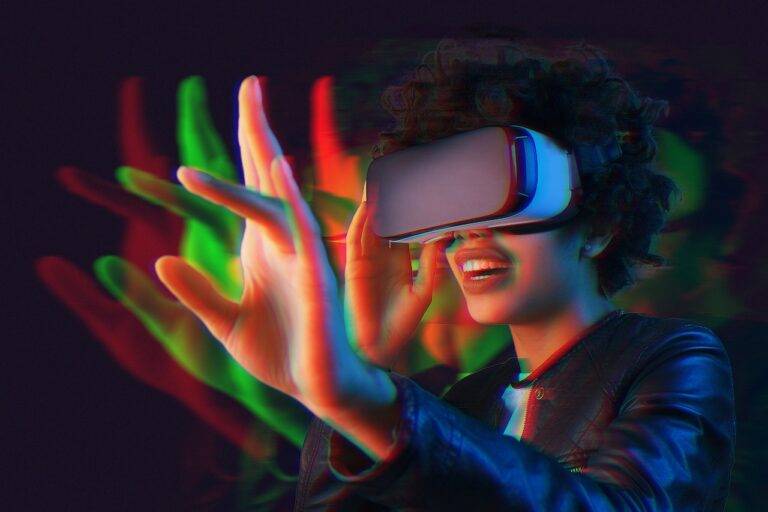The Impact of Tech on Urban Development and Gentrification
Urban development has been a continuous process throughout the centuries, shaped by political, economic, and social factors. From ancient civilizations building organized cities to the Industrial Revolution sparking rapid urbanization, the evolution of urban areas has always been intertwined with human progress and innovation. These developments have left a mark on urban landscapes worldwide, shaping the way cities are planned, structured, and inhabited by diverse populations.
The rise of urban centers has been closely linked to changes in technology, transportation, and communication networks over time. Advancements such as the invention of the steam engine, the introduction of electric power, and the development of mass transit systems have all played pivotal roles in the expansion and transformation of cities. These technological breakthroughs not only facilitated the growth of urban areas but also influenced the design of buildings, infrastructure, and public spaces, marking significant milestones in the history of urban development.
The Role of Technology in Urban Planning
Advancements in technology have significantly transformed the landscape of urban planning. The integration of Geographic Information Systems (GIS) has empowered planners to analyze spatial data more efficiently, leading to more informed decisions regarding land use, transportation systems, and environmental management. Additionally, the utilization of data analytics tools has enabled urban planners to predict future trends and assess the impact of various development scenarios, ultimately enhancing the efficacy of urban planning strategies.
In recent years, the emergence of smart city technologies has revolutionized the way cities are planned and managed. From sensor networks that monitor air quality and traffic flow to smart infrastructure that optimizes energy consumption, technology has enabled urban planners to create more sustainable and livable cities. Furthermore, the adoption of digital platforms for citizen engagement has facilitated greater community involvement in the urban planning process, ensuring that the needs and preferences of residents are taken into account when shaping the future of cities.
Tech Startups and Gentrification
Tech startups have been a driving force behind urban revitalization in many cities, bringing innovation and economic growth to once neglected neighborhoods. However, this influx of tech companies often leads to gentrification, pushing out long-time residents and small businesses due to rising property values and rents. The rapid transformation of these areas can result in a loss of diversity and a sense of community, as low-income individuals are forced to relocate to more affordable areas.
What is gentrification?
Gentrification is the process in which wealthier individuals or businesses move into a lower-income neighborhood, leading to increased property values and displacing long-time residents.
How do tech startups contribute to gentrification?
Tech startups often choose to establish their offices in up-and-coming neighborhoods, which can attract other businesses, professionals, and investors to the area. This influx of wealth and resources can lead to rising property prices and the displacement of existing residents.
What is the historical context of urban development?
Urban development has always been shaped by factors such as economic growth, social change, and technological advancements. Throughout history, cities have evolved in response to these influences, leading to patterns of development that can either benefit or harm local communities.
How does technology play a role in urban planning?
Technology has revolutionized the way urban planners analyze data, design infrastructure, and engage with communities. Tools such as Geographic Information Systems (GIS) and virtual reality simulations can help planners make more informed decisions about how to best develop and manage urban spaces.
Can gentrification be mitigated in tech startup hubs?
While gentrification is a complex and multifaceted issue, there are strategies that tech startups can implement to help mitigate its negative impacts. This includes investing in affordable housing initiatives, supporting local small businesses, and engaging with community stakeholders to ensure that development is inclusive and equitable.





